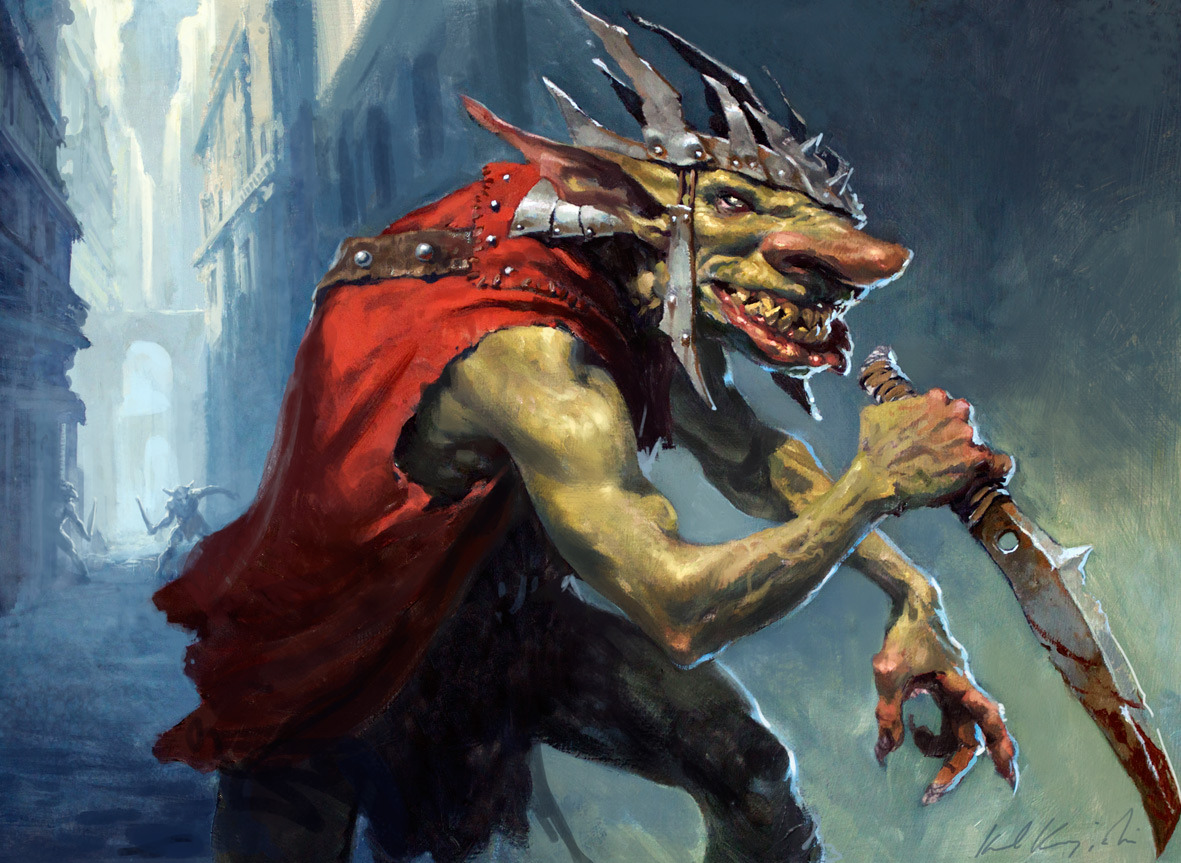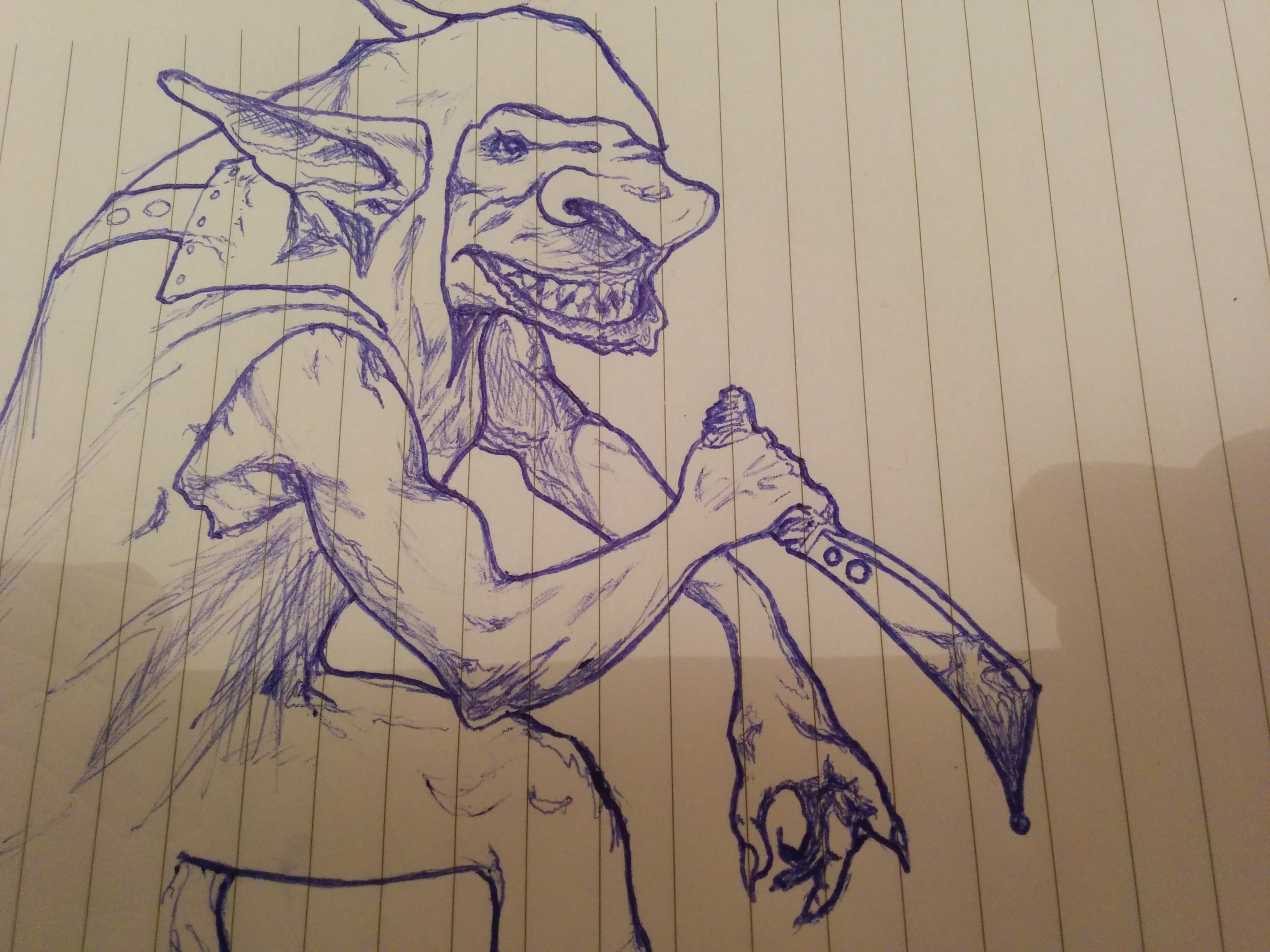As was foretold, we've added advertisements to the forums! If you have questions, or if you encounter any bugs, please visit this thread: https://forums.penny-arcade.com/discussion/240191/forum-advertisement-faq-and-reports-thread/
Options
help me art! [nsfw]
diemeatbag Registered User regular
Registered User regular
 Registered User regular
Registered User regular
Hey, I'm trying to learn how to draw because I think its the coolest way to tell stories. I'm mostly copying images off of my phone. I'm hoping some of the awesome artists here can point me in the right direction and hopefully flatten the learning curve a bit.
Original:

Can't find this one

Original:

Original is the picture on this YouTube video: https://m.youtube.com/watch?v=7PsnedW-yxY
https://m.youtube.com/watch?v=7PsnedW-yxY

Can't find this:
Original:


Can't find this one

Original:


Original is the picture on this YouTube video:
 https://m.youtube.com/watch?v=7PsnedW-yxY
https://m.youtube.com/watch?v=7PsnedW-yxY
Can't find this:

Iruka on
0
Posts
Studying another artist is a good way to learn how to ape their style. But you might be better off drawing from life for a while in order to try to get a better understanding of drawing in three dimensions. There are some very handy books that you should still be able to find out there like Drawing on the Right Side of the Brain. Yous should be able to find some links in the Questions, Discussion & Tutorials thread stuck at the top of this forum.
I think the best advice is to just draw everyday. Maintaining that level of dedication can be difficult on its own. However, with enough practice you'll see improvement.
Just noticed all of these are mirrored as well, seems to have a strange effect.
Edit: where I linked them from seems not to work, uploaded them here.
There are great resources on line and at the library, but all of them are going to rely heavily on you just drawing and drawing and drawing. I would recommend you stay away from trying to nail a specific manga or comic style and start with the basics of form, how objects relate to each other in space, lighting, perspective, etc. There are lots of videos and lessons all over the internet. Keep your mind open too. The more styles and media you try, the more you will learn.
Don't get frustrated. I can't stress that enough. don't just post finished things either. Show us your process and be open to the feedback people here give you. No one wants to cut you down, we want to see you and everyone else who has a desire to produce art, succeed.
Remember that no artist ever stops learning either. Those of us who went to art school don't get our diploma then simply close our minds and do our thing. If you keep that in mind, it should help you realize that as long as you're making art...you're improving.
I'll try to go through my bookmarks and see if i have some good references to help, but for now, draw everything around you.
"Drawing on the right side of the brain" by betty edwards is a great tool and a great place to start. It helps you "see" better. I do a lot of the warm up exercises i learned in there still to get myself loosened up.
heres today's effort
Do you do any under drawings first or just one shot it with pen?
I don't want you in the mind set of doing completed images right now. I know thats really exciting, but i would love to see you breaking down the form more and understanding whats going on instead of just copying the image. plus plotting out your image with plumb lines will help. for example....if you drew a line down vertically from his chin to the bottom of the image, you would notice the intersects with his knee. In your image the knee falls to the right of that line.
learning the major forms of the body will let you know how they interact with each other and takes much of the guess work out of where things should be place, and instead of copying you're creating....(i hope some of this makes sense. once i have my comp working right i'll try to break it down in photoshop to visualize what im saying more.
The torso on the last figure you posted is elongated and bending in a very un natural way. If you were to try to draw a skeleton or generalize the shapes of the pelvis chest area, you would see how they aren't quite fitting correctly.
Exactly what I was thinking. As someone who is just recently trying to get back into drawing (and telling myself this time it's going to stick), I've learned this lesson myself. It's much more important at this stage of your development to focus on the underlying shapes and structures of what you're drawing rather than getting too wrapped up in all the little details. Granted, I don't know exactly what your drawing process is, but it looks from these examples that you're not doing much, if any, underdrawing before getting right into the finished figure or face. Rough out the basic shapes first, make sure everything is in proportion and in the right place. This will also help with the problem that you mention of the part where you start the drawing not fitting in with the rest, since you'll be figuring out where everything goes before you start putting in the details.
oh man now they are gigantic lol i dont know how to make them small here is the imgur link
http://imgur.com/a/AaJhT
I would personally look into shading now without drawing outlines. Using the negative space of the paper. Its a difficult technique to learn and master but whenever I have taught my Year 11 students it, they have really appreciated the way it changes their own perspective on drawing.
Keep up the excellent work.
https://youtu.be/AzDGO0LssEM
I agree with Ziggymon - it would be really great to see you push your understanding of light and shadow. One helpful exercise for that would be setting up a really simple still life with just a sphere, cube, cone, or egg, lighting it with one direct light source, then rendering the snot out of it, really focusing on getting down every degree of light and dark exactly as they appear in your still life, and every edge, whether sharp or soft. I think you'll be surprised by how much there is to see and observe, and I guarantee this will really help you out in the long run with being able to depict forms that are solid and believable.